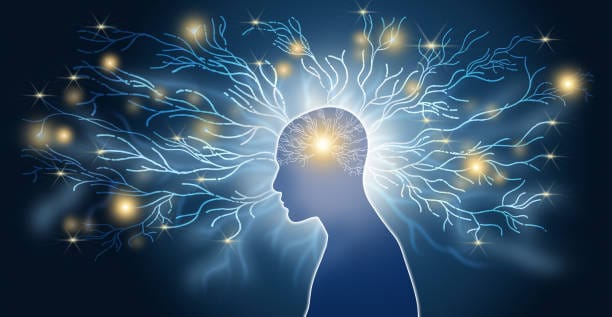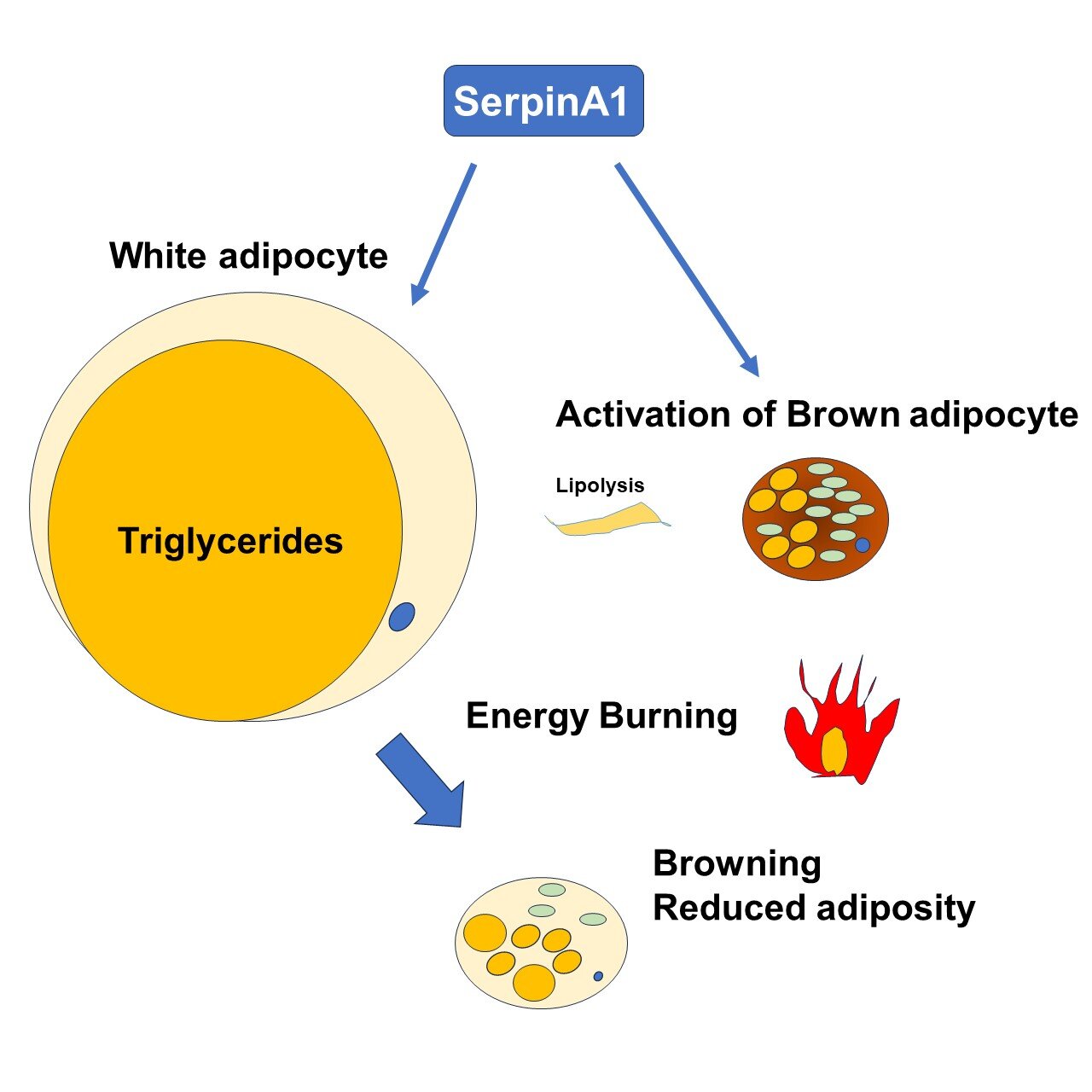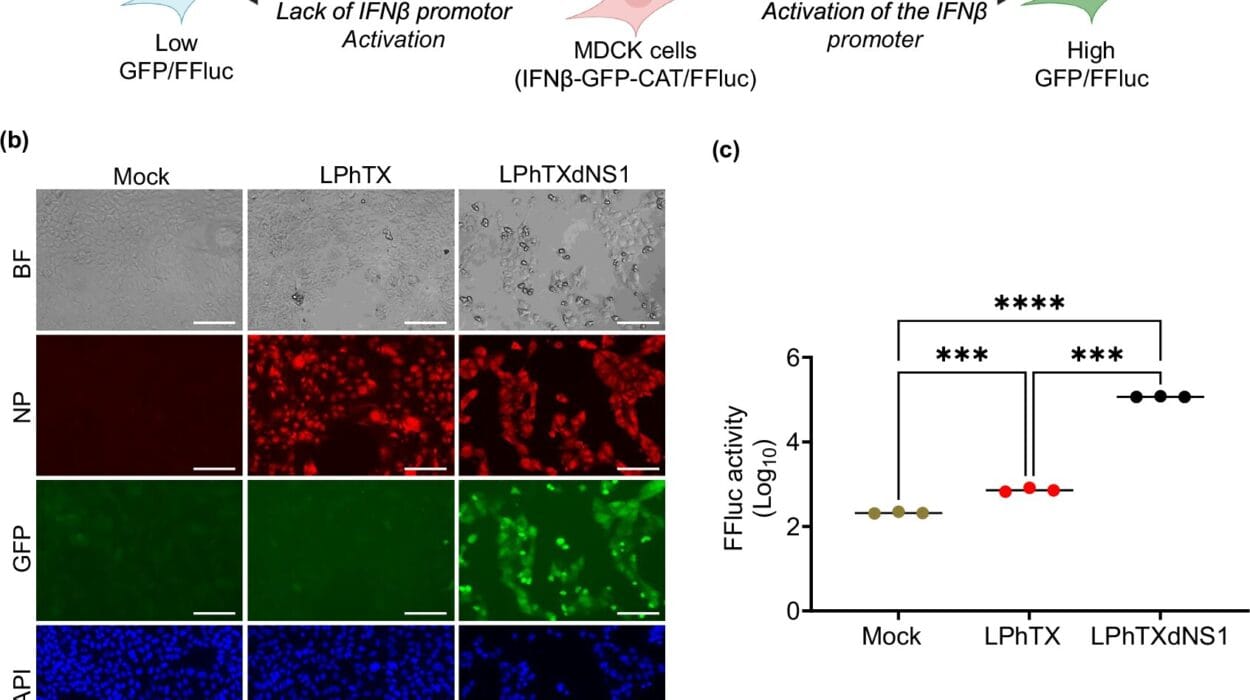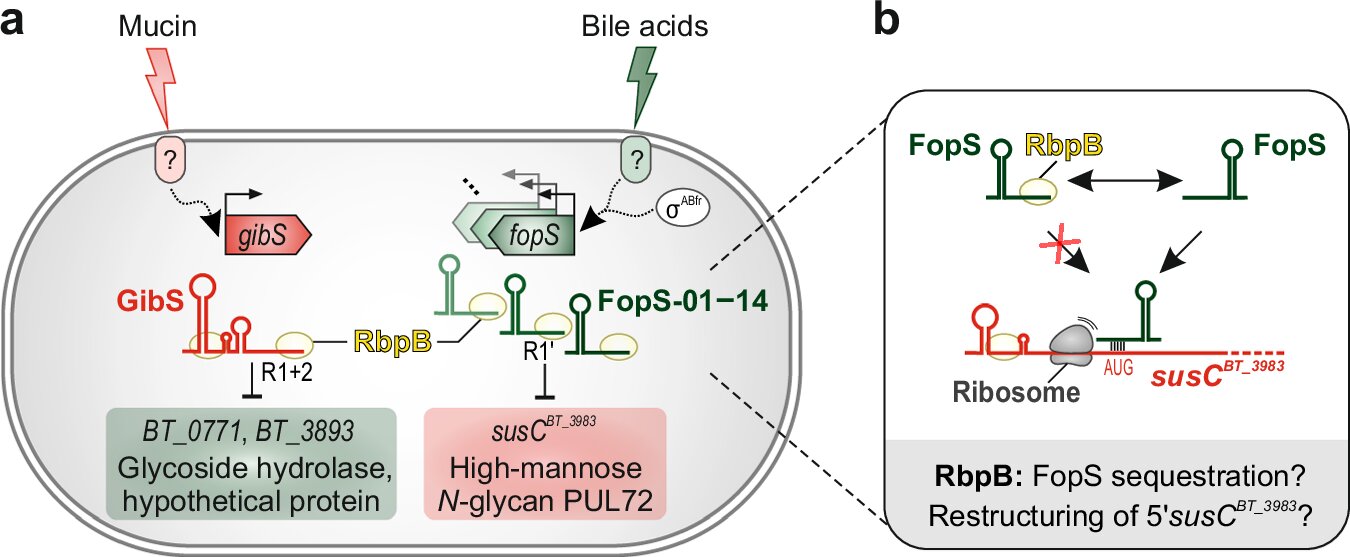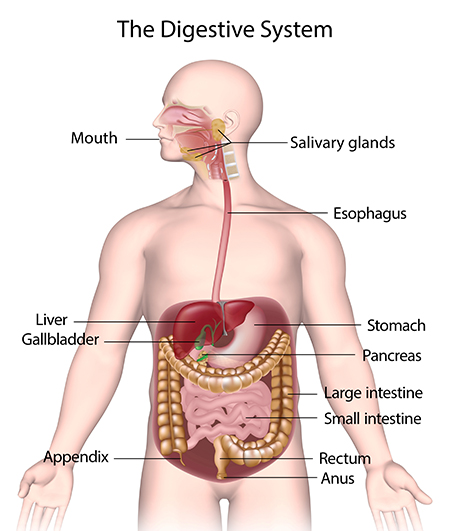Imagine a symphony of electricity and chemistry playing continuously inside your skull. Billions of neurons exchanging signals, firing in patterns, building bridges, and tearing them down. But this symphony doesn’t follow a rigid score. Instead, it improvises. Every thought, every memory, every movement you make reshapes it—sometimes subtly, sometimes profoundly. This is not a poetic metaphor. It is the astonishing reality of neuroplasticity, the brain’s lifelong ability to change, adapt, and rewire itself.
For centuries, we believed the brain was fixed after a certain age—hardwired like a machine. If a part was damaged, the function was lost forever. If you didn’t learn something young, the window had closed. But the truth is far more hopeful, and far more profound. The brain is not a static organ; it is a living, breathing, constantly evolving entity. Neuroplasticity is the reason we can learn new skills, recover from brain injuries, adapt to trauma, and even rewire destructive habits. It’s how we grow, heal, and change.
Understanding neuroplasticity doesn’t just open doors to scientific marvels—it changes how we see ourselves. It suggests that no matter where we begin in life, we are never fully stuck. We are works in progress, and our brains are sculptors at the helm.
The Myth of the Fixed Brain
Up until the latter part of the 20th century, the prevailing view in neuroscience was that the adult brain was relatively unchangeable. Childhood was considered the prime time for brain development—once you reached adulthood, that development plateaued. Scientists believed that the brain’s structure, especially in areas like the cortex, was fixed and that neurons, once damaged, were irreplaceable.
This idea had devastating implications. Stroke victims were often told they’d never regain speech. People with traumatic injuries were told to expect a life of immobility or limitation. Individuals who had struggled academically or emotionally were often categorized as “wired that way”—beyond repair or redemption. Even emotional trauma was viewed as a kind of permanent etching on the psyche.
But breakthroughs in brain imaging, cellular biology, and behavioral studies began to chip away at this deterministic model. Quietly, steadily, a revolution was underway—one that revealed the brain’s astonishing ability to regenerate and reorganize itself, not just in youth but across a lifespan.
The Science of Change: What Neuroplasticity Really Means
At its core, neuroplasticity refers to the brain’s ability to form and reorganize synaptic connections, especially in response to learning, experience, or injury. Neurons are not rigidly wired like electrical circuits. They are more like trees—growing branches, pruning old ones, adapting their shape and connectivity based on how they’re used.
When you learn something new, practice a skill, or have an emotional experience, your brain changes. It might strengthen certain neural pathways, create new ones, or even shift entire regions of activity. For example, when a blind person learns to read Braille, the part of the brain typically devoted to vision gets repurposed for touch. When someone loses a limb, the brain area that controlled it often gets reassigned to other functions.
Plasticity occurs on many levels. On a microscopic scale, synaptic plasticity changes the strength of connections between individual neurons. On a larger scale, structural plasticity involves changes in the number of neurons, the density of dendrites, or even the growth of entirely new cells through a process called neurogenesis, particularly in the hippocampus—the brain’s center for learning and memory.
Crucially, neuroplasticity can be both positive and negative. The same mechanisms that allow us to learn languages or recover from strokes can also entrench anxiety, addiction, or chronic pain. The brain doesn’t distinguish between helpful and harmful patterns—it simply reinforces what is repeated. That’s why habits, for better or worse, become hardwired.
From Trauma to Triumph: Healing Through Rewiring
One of the most powerful demonstrations of neuroplasticity lies in its ability to help people recover from severe neurological damage. Stroke patients who lose the ability to speak or move can, through therapy and repetition, often regain function—sometimes by rerouting activity to undamaged areas of the brain.
The famous case of Dr. Jill Bolte Taylor, a neuroscientist who suffered a massive stroke and lost the ability to walk, talk, read, or write, is a powerful testament to this capacity. Over eight years, she slowly retrained her brain, reclaiming her skills through determination and repetitive practice, effectively forging new neural highways.
Similarly, in cases of brain injury or degenerative diseases like multiple sclerosis, rehabilitation strategies increasingly rely on the principles of neuroplasticity. Tools like mirror therapy, constraint-induced movement therapy, and cognitive training use the brain’s own wiring instincts to rebuild what was lost.
Even in mental health, where psychological scars once seemed untouchable, neuroplasticity is opening new doors. Post-traumatic stress disorder (PTSD), for example, once thought to be a life sentence, is now better understood as a condition involving maladaptive plasticity—where the brain becomes hyper-attuned to threat. With the right interventions—like cognitive behavioral therapy, EMDR (Eye Movement Desensitization and Reprocessing), or even mindfulness—the brain can unlearn those fear patterns and re-establish emotional balance.
Learning, Memory, and the Plastic Brain
Perhaps the most relatable expression of neuroplasticity is in learning itself. Every time we take in a new idea, try a different approach, or master a skill, our brain physically changes. It encodes the information through a process involving long-term potentiation (LTP), where repeated activation of neural circuits strengthens their connections. This is how practice truly does make perfect.
Neuroplasticity also helps explain why learning is more efficient when it’s meaningful or emotionally charged. Emotional experiences trigger the release of neurotransmitters like dopamine and norepinephrine, which increase synaptic plasticity, making memories stick. That’s why we remember the day of a tragedy or a first kiss with such clarity—those moments leave a biological imprint.
Sleep, too, plays a vital role in consolidating plastic changes. During deep sleep, the brain replays and strengthens the neural patterns formed during the day. Sleep deprivation, on the other hand, impairs neuroplasticity, making it harder to learn or adapt.
Interestingly, the “use it or lose it” principle also applies here. Neurons and pathways that aren’t activated frequently enough will atrophy, a process known as synaptic pruning. This helps the brain remain efficient but also underscores the importance of continual mental stimulation across the lifespan.
Emotional Intelligence and the Plastic Mind
Neuroplasticity doesn’t just shape our ability to think—it also shapes how we feel. Our emotional patterns—how we respond to stress, how easily we trust, how deeply we empathize—are rooted in neural circuitry shaped by our experiences.
Early childhood environments, for instance, heavily influence the development of emotional regulation. Children raised in safe, nurturing homes often develop robust prefrontal cortex functioning—the part of the brain responsible for impulse control and decision-making. In contrast, children raised in chaos or neglect may develop hyperactive amygdalas—the brain’s threat-detection system—making them more prone to anxiety or aggression.
But neuroplasticity means those emotional circuits are not fate. Through therapies like dialectical behavior therapy (DBT), mindfulness-based stress reduction (MBSR), and even regular meditation, individuals can strengthen the neural networks associated with calm, compassion, and emotional regulation. Functional MRI scans have shown that long-term meditators have physically thicker cortices in areas associated with attention and empathy.
Even personality traits, once thought to be fixed, are increasingly understood as modifiable. Introverts can learn social confidence. The chronically anxious can cultivate inner peace. People recovering from addiction can retrain their reward systems. Change is difficult—but science now tells us it is biologically possible.
Aging and the Brain That Keeps Growing
The aging brain is often painted as a narrative of decline. But recent research suggests a far more optimistic story. While certain cognitive functions like processing speed and working memory may decline with age, the brain’s capacity to rewire itself persists—sometimes even growing in surprising ways.
Older adults can still learn new languages, acquire new skills, and form new memories. In fact, lifelong learning and novelty-seeking are among the strongest predictors of cognitive longevity. Activities like dancing, playing an instrument, or traveling to new places engage multiple brain areas and encourage synaptic growth.
Physical exercise is also a potent stimulant of neuroplasticity. Aerobic activity increases blood flow to the brain, supports neurogenesis in the hippocampus, and boosts levels of brain-derived neurotrophic factor (BDNF)—a protein crucial for maintaining plasticity.
There’s even evidence that a sense of purpose, strong social connections, and emotional resilience can protect the brain from age-related decline. The adage “you can’t teach an old dog new tricks” has officially been debunked—if the dog is willing, the brain is able.
The Dark Side of Plasticity: When Adaptation Goes Awry
Neuroplasticity is powerful, but it is not inherently good. The brain adapts to whatever it is exposed to, whether helpful or harmful. Chronic stress, for example, reshapes the brain in ways that reinforce anxiety. Addictive behaviors hijack the brain’s reward circuitry, creating powerful compulsions. Even social media, with its constant novelty and dopamine hits, can rewire attention systems to favor distraction over deep focus.
In conditions like obsessive-compulsive disorder (OCD), depression, or chronic pain, the brain reinforces maladaptive circuits that become self-perpetuating. These are not simply mental patterns—they are physical ones, encoded in the very architecture of the brain.
The good news is that just as these patterns can form, they can also be dismantled. Techniques like cognitive restructuring, neurofeedback, and even transcranial magnetic stimulation (TMS) work by targeting and modifying neural activity. The plastic brain, once a victim of its environment, can become the architect of its own rescue.
Education and the Future of Plasticity
Understanding neuroplasticity has profound implications for how we educate and train. If brains are not fixed but fluid, then educational systems should focus not just on content but on fostering adaptability, curiosity, and resilience.
It also means that struggling students are not doomed to failure. With the right strategies—such as multisensory learning, emotional support, and growth-mindset approaches—students can overcome learning disabilities, attention challenges, and other obstacles. Intelligence is not static. It grows with use.
Similarly, in the workplace, neuroplasticity supports the idea of lifelong learning. Adults can—and should—continue to challenge themselves, learn new technologies, and rethink old paradigms. Every time we step outside our cognitive comfort zones, we are sculpting our own neurobiology.
Why Neuroplasticity Matters to You
Neuroplasticity matters not because it’s a buzzword, but because it touches every part of life. It means that no trauma defines you permanently. It means that no bad habit is set in stone. It means your brain is not a cage, but a canvas.
Whether you’re recovering from heartbreak, learning to play piano at 60, overcoming fear of public speaking, or trying to heal after war—your brain is listening. It is waiting for you to show it what to become.
The science of neuroplasticity gives us something rare in this complex, often cynical world: it gives us hope. Hope that healing is possible. Hope that we are not fixed in our flaws. Hope that growth can come not just in our youth, but in every season of life.
The Sculptor Within: A Lifelong Invitation
As you read these words, your brain is changing. New connections are forming, old ones are strengthening. You are, in this very moment, living evidence of neuroplasticity.
And that is perhaps the most beautiful truth of all. You are not the person you were a year ago, or a week ago, or even this morning. Your past may explain you, but it does not define you. The future is not merely something that happens to you—it is something your brain is capable of helping to shape.
You are not a prisoner of your brain. You are its partner. Its co-creator. Its lifelong sculptor.
So, wield your thoughts like tools. Engage your emotions with courage. Challenge your beliefs. Learn new things. Love deeply. Forgive freely. Imagine boldly.
Because the brain is listening. And it is ready to change.
